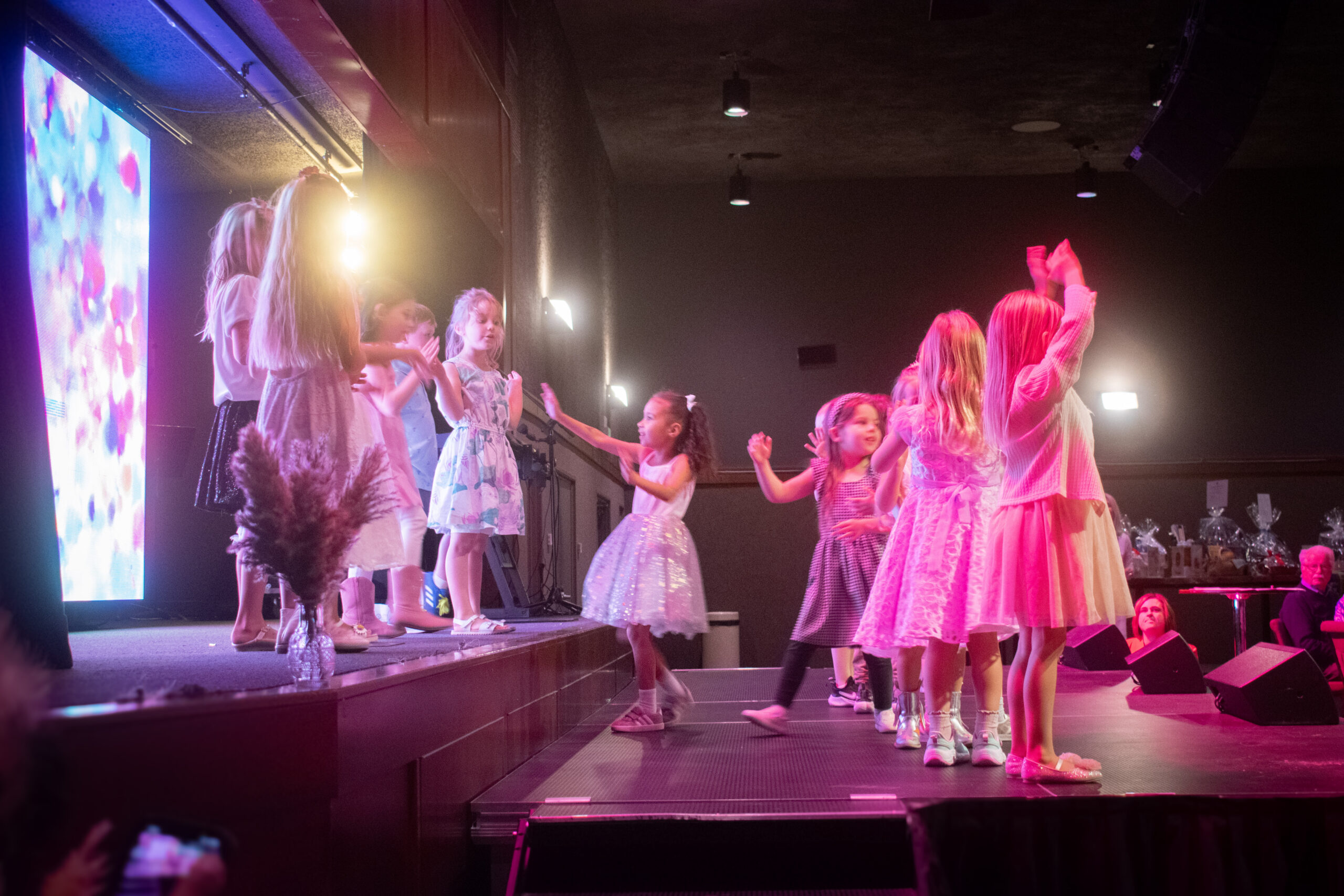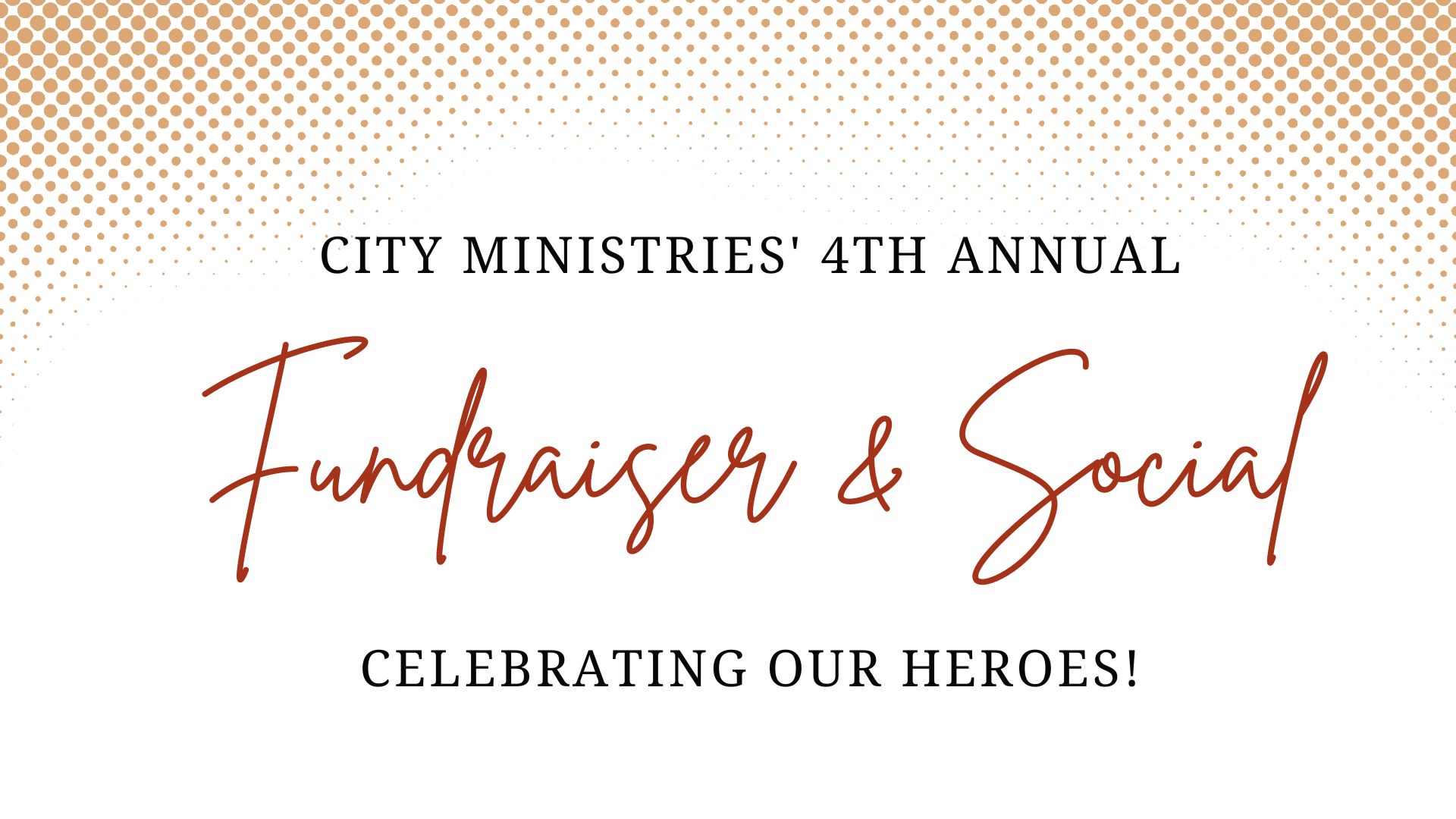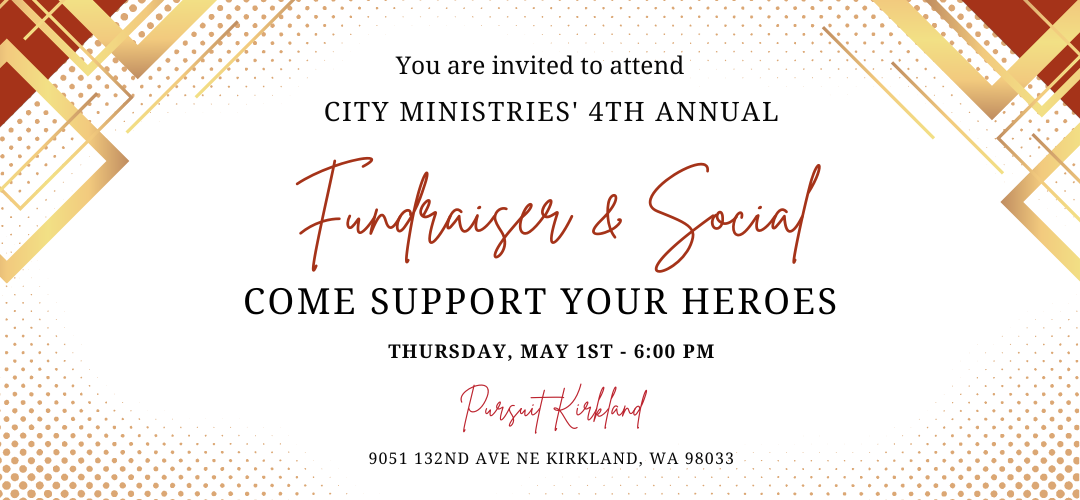Sarah felt a mix of joy and nervousness when she welcomed her foster child, Jamal. Jamal was a lively and loving seven-year-old with a heartwarming smile.
Sarah was excited to be a foster parent and prepared for weeks. She set up a welcoming room with books, puzzles, and toys she knew a child would enjoy.
Sarah was determined to be the best parent possible for her foster children.
Soon, Sarah and Jamal got into their new routine. After dinner, Jamal would take a bath and get ready for bed. They would cuddle on the couch and read books.
One night, while trying to comb Jamal’s hair, he winced and cried. His eyes filled with tears, and he asked if Sarah could get the hair products his mom used.
Sarah’s heart sank.
She had meticulously prepared for Jamal’s arrival in so many ways – a comfortable bed, delicious snacks, and even some new clothes. How could she have overlooked the nuances of Jamal’s specific needs?
That night, Sarah realized something important – loving Jamal wouldn’t be enough.
To care for him properly, she had to understand and respect his racial and cultural identity. She needed to make sure Jamal felt accepted in all aspects of his life. Including his racial identity.
Sarah’s not alone. Many parents like her can feel overwhelmed when caring for foster children of a different race. How can you understand a culture that’s different from your own?
If you’re in a similar situation, we’re here to help. We’re City Ministries Child Placement Agency, a private foster agency offering support to families and children in care.
Email us today to partner with us for a successful placement.
You may have a foster child with a different racial background, which might seem intimidating. But it doesn’t have to be.
This guide on raising foster children of a different race covers:
- Understanding the Importance of Racial Identity
- Recognizing and Addressing Implicit Biases
- Educating Yourself About Your Child’s Racial Background
- Navigating Hair and Skincare Differences
- Addressing Racial Discrimination
- Celebrating and Integrating Cultural Traditions
- Engaging in Continuous Learning
Let’s start by exploring why racial identity matters for foster children.
What Is Racial Identity in Foster Children and Why Does it Matter?
Racial identity means how someone connects with and belongs to a particular racial group. It includes personal, cultural, and historical connections that can change over time.
For youth experiencing the foster care system, racial identity goes through three stages.
- Childhood: They recognize physical differences but don’t understand race.
- Adolescence: They become more aware of their identity, leading to pride, confusion, or conflict.
- Adulthood: Their racial identity is accepted and integrated but can still be influenced by experiences.
Racial identity affects a child’s well-being in the following ways:
- It gives them a sense of belonging.
- It helps them develop coping skills.
- It encourages self-acceptance.
- It builds trust.
- It opens doors for important conversations.
Some foster children may struggle with dual identities – feeling torn between their racial identity and their foster family’s culture. Foster parents should acknowledge and embrace both cultures.
If a Chinese foster child is placed in a Caucasian household, celebrate both Lunar New Year and Christmas. This lets your child experience both cultures at their own pace.
Racial identity isn’t just about acknowledging a child’s race. It’s about recognizing how it impacts their emotional, psychological, and social well-being.
How to Recognize and Address Implicit Biases.
Implicit biases are subconscious attitudes or stereotypes that influence our understanding and decisions.
They affect foster children by causing:
- Misunderstandings
- Emotional distress
- Unequal treatment
- Delays in bondings
Biases can look different for each child in your care.
For example, it’s assuming a Latino foster child is more “fiery” or emotional based on stereotypes. Or thinking an Asian child is naturally more disciplined or better at academics without looking at their abilities and weaknesses.
Because implicit biases are subconscious thoughts, most of us have them. But that doesn’t mean they’re right or fair.
So how can you recognize and address these?
Five Ways to Address Your Own Racial Biases.
- Become more aware.
- Educate yourself about different cultures.
- Practice active listening without making assumptions.
- Challenge your stereotypes with factual information.
- Develop empathy by considering your foster child’s experiences.
Even when unintentional, biases affect foster children. Being aware and educated creates a nurturing and unbiased environment.
Why It’s Important to Educate Yourself About Your Foster Child’s Racial Background.
Educating yourself about your foster child’s racial identity builds trust.
It shows that you care and respect their background, making them feel seen and valued. Other benefits include open communication and an understanding of sensitive topics and past experiences.
Don’t feel like you need to know everything about every culture. That can feel overwhelming and impossible. Start small and learn a little more with each placement you get.
Here are five simple ways you can educate yourself about your child’s racial identity.
Five Ways to Stay Informed About Your Foster Child’s Racial Background.
- Read topical books: Read books related to transracial adoption or fostering. You can also read books written by authors from the child’s racial background.
- Attend workshops: You need continuing education credits for your license renewal. Take a workshop or training class focused on diversity, inclusion, and cultural competency.
- Participate in cultural experiences: Expand your understanding of different cultures through food, music, or the arts. Visiting cultural museums is a great way to learn about your foster child’s background together.
- Engage with the community: Check out your city’s calendar and attend cultural events or celebrations related to your foster child’s background.
- Connect with others: Connect with foster parents who’ve cared for children from a similar racial background. Joining support groups for transracial adoptive or foster families provides plenty of valuable resources.
By learning about and respecting your foster child’s racial identity, you create a supportive environment where they can grow and thrive.
How to Care For Your Foster Child’s Skin and Hair Needs When Different Than Yours.
When you are caring for a foster child with a different racial identity, it’s your job to learn how to meet their physical needs.
Caring for your foster child’s unique skin and hair needs is important for many reasons, including:
- Keeps them healthy: People from different ethnic backgrounds have unique skin and hair needs. Curly hair, for example, needs specific oils and creams to stay moisturized. Make sure you have these products at home.
- Connects to their culture and identity: Hair and skin care routines are connected to culture and racial identity. Learning how to style your foster child’s hair in ways they identify with is meaningful. Proper care shows you respect and value their heritage.
- Boosts their self-esteem and confidence: When we take care of our appearance, we feel better about ourselves. Using products that enhance your child’s natural features, like curly hair, can make them feel more confident.
- Avoiding harmful products: It’s crucial to know what products to avoid. You don’t want to use anything that could make your child’s skin dry, irritated, or damage their hair.
- Establishes trust and attachment: Taking time to learn and properly care for your foster child’s skin and hair needs helps build a bond of trust. It becomes part of your daily routine together.
Five Places to Help You Learn How to Care for Your Child’s Skin and Hair Needs.
- Online tutorials and blogs: You can find easy-to-follow videos and articles on websites like YouTube. Search for channels like “Natural85” for guidance on caring for natural, curly, and coily hair types.
- Workshops and classes: Local beauty schools sometimes offer workshops on hair and skin care techniques. You can also look for courses on these topics.
- Retail stores: Visit stores like Sally Beauty Supply. They have a variety of products and knowledgeable staff to help you choose the right products and avoid the wrong ones.
- Hair and skin care professionals: Make an appointment with a hairstylist or esthetician who can provide specific advice on your child’s needs. They can address any concerns and recommend the right products.
- Support groups and forums: In today’s digital age, platforms like Reddit have communities dedicated to various topics. Find a group for people with curly hair, for example, and you’ll discover plenty of advice and suggestions.
Learning how to care for your child’s skin and hair needs is a way to show care and respect for their identity and background.
A topic that can feel overwhelming is talking about the discrimination your child might experience.
Addressing Racial Discrimination Your Foster Child Might Experience.
Talking about racial discrimination can be uncomfortable, but it’s necessary.
Addressing racial discrimination has several benefits for your foster child, including:
- Supports and validates their experiences.
- Teaches them how to cope effectively.
- Promotes mental and emotional well-being.
- Creates a safe place for them to talk.
Five Ways You Can Address Racial Discrimination With Your Foster Child.
- Educate yourself: Take the time to learn about the history and current issues related to your child’s racial group. Read books and watch documentaries that discuss the experiences of that community.
- Have open conversations: Encourage your foster child to share their experiences openly. Let them express their feelings and thoughts. Checking in with your child regularly about their social interactions can help start these conversations.
- Connect with schools and professionals: Work with schools to ensure a supportive and inclusive learning environment. Reach out to school guidance counselors and therapists who specialize in racial trauma.
- Encourage advocacy: Empower your child by teaching them how to stand up against racial discrimination in appropriate ways. Role-play scenarios where they can practice responding to discrimination.
- Develop a positive racial identity: Get your child involved in activities that promote a positive view of their culture and racial identity. Participate in cultural festivals and local events together.
Finding support is essential for your child’s success. Here are some places where you can find it:
- Community Organizations
- Online Platforms and Forums
- Workshops and Webinars
- School Resources
- Therapists and Counselors
You play an important role in addressing the challenges of racial discrimination. If you don’t have a support system, you can email us. We’d be happy to connect you with the right resources.
Why It’s Important to Integrate Your Foster Child’s Cultural Traditions and Celebrations.
A child experiencing the foster care system already feels separated from their family. If they’re placed in a home with a different cultural background, this can make them feel even more disconnected.
Integrating a foster child’s cultural traditions into your own is a beautiful way to merge these two worlds. This benefits your child in many ways, including:
- Shows you respect and acknowledge their background.
- Allows them to stay connected to their roots.
- Reduces feelings of isolation.
- Encourages a strong sense of identity.
- Promotes belonging within the family and community.
- Builds resilience as they draw strength from their cultural background.
Five Ways You Can Combine Cultural Traditions.
- Celebrate holidays and festivals from both cultures: Participate in important holidays and festivals from both backgrounds. You can cook traditional foods together or decorate using their family traditions.
- Learn and use the native language: Encourage your foster child to speak, learn, and maintain their native language. You can even learn basic phrases and conversation starters from them.
- Incorporate cultural food: Don’t limit cultural foods to special occasions. Set aside a day each week for a meal representing their culture. If they’re old enough, your foster child can teach you how to cook these meals.
- Engage in cultural arts and music: Visit museums dedicated to your child’s culture. Explore the art, music, and crafts related to their background. If your child has African heritage, you can explore African drumming or dance together.
- Connect with the cultural community: Attend community events and connect with people who share your child’s cultural background. This is another way to help them practice and maintain their language.
By integrating both worlds, you reduce your foster child’s stress and anxiety by letting them know you appreciate and respect their unique background.
Always Be Learning and Having Conversations that Keep You Informed.
Continuous learning is important for many reasons, including:
- Helps you become more culturally aware and sensitive to a child in care’s needs.
- Allows you to adapt to your child’s changing needs and challenges.
- Keeps communication open and effective.
- Equips you to advocate for your child in schools and communities.
- Builds trust as you understand and respect your child’s racial identity.
If you’re a foster parent in the greater Seattle area, we’d love to connect with you.
City Ministries Child Placement Agency is a faith-based private agency that provides one-on-one case management for all our foster children and families.
Please join us on Sunday, November 12th at noon at the Aaron Haskins Sr. Community Center.
9007 132nd Ave NE Kirkland, WA 98033
Come and learn how you can partner with us in caring for our foster children.



